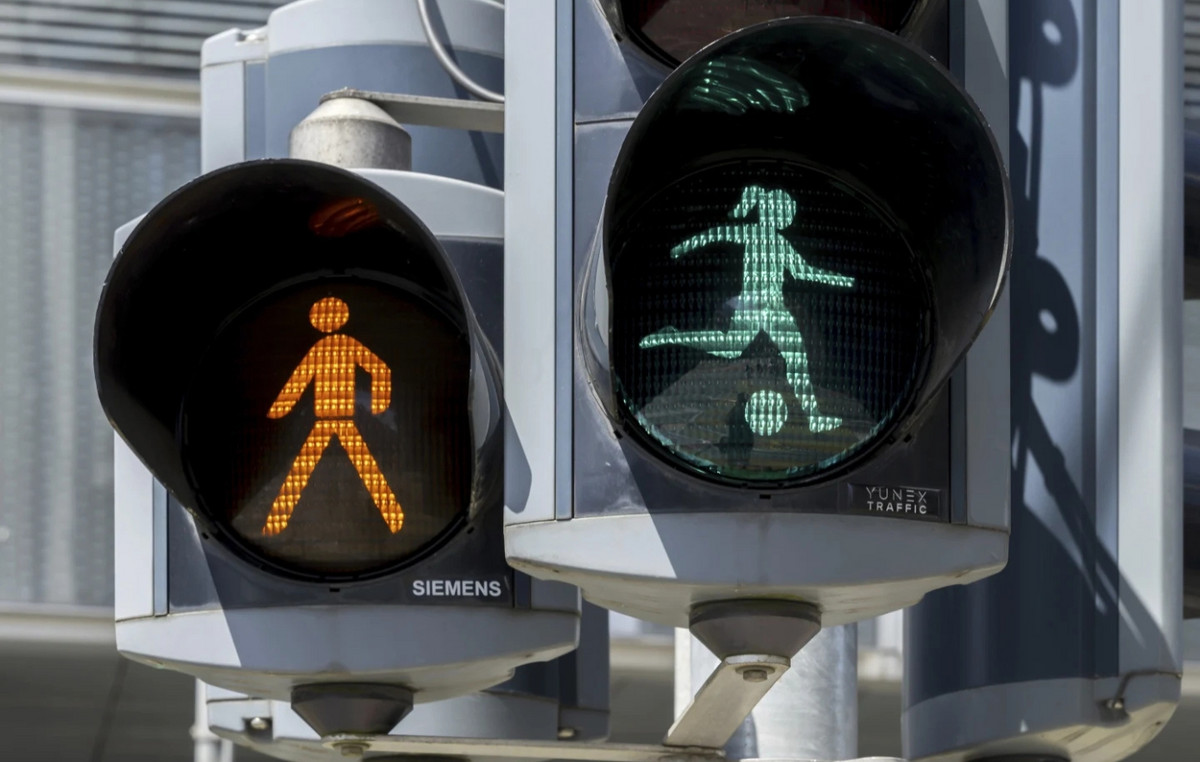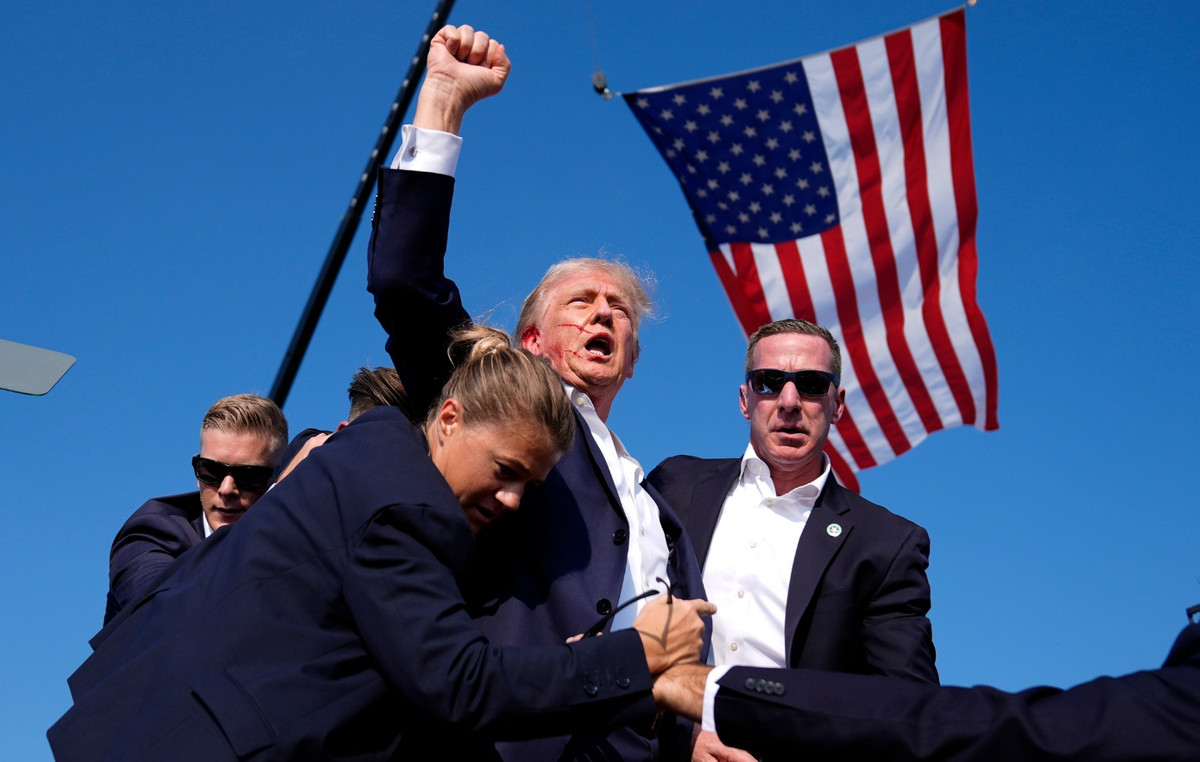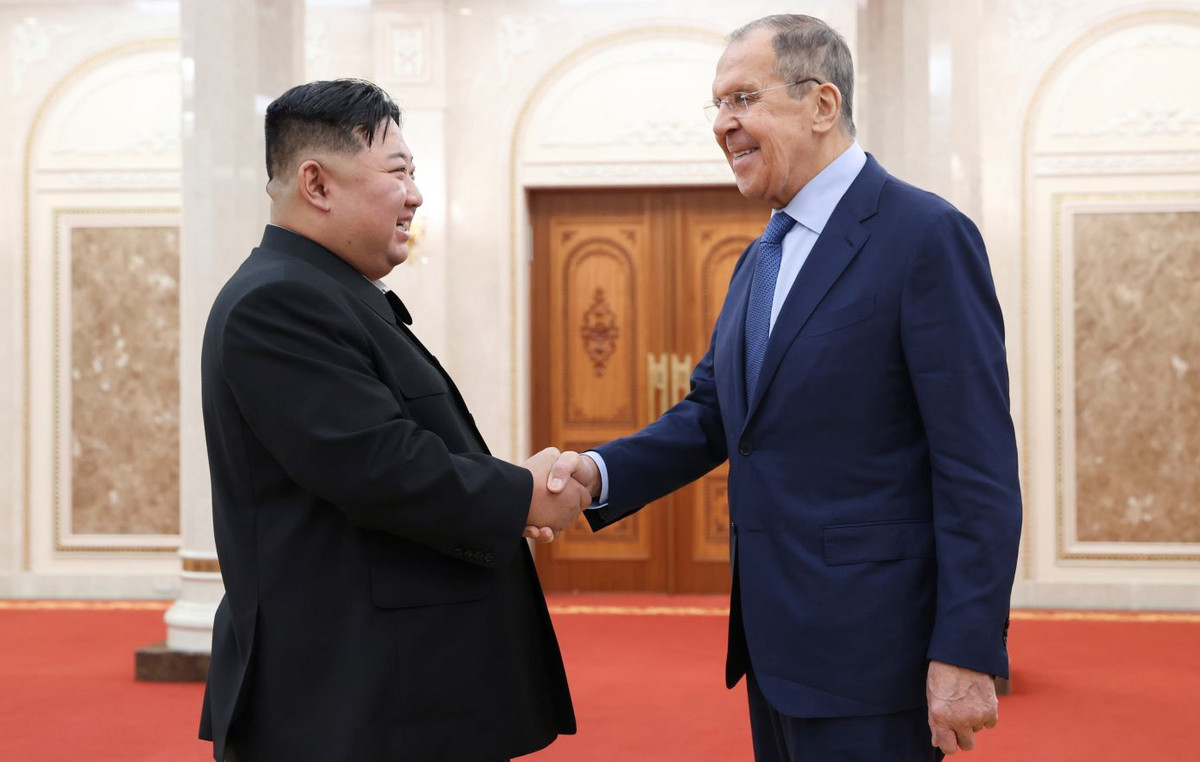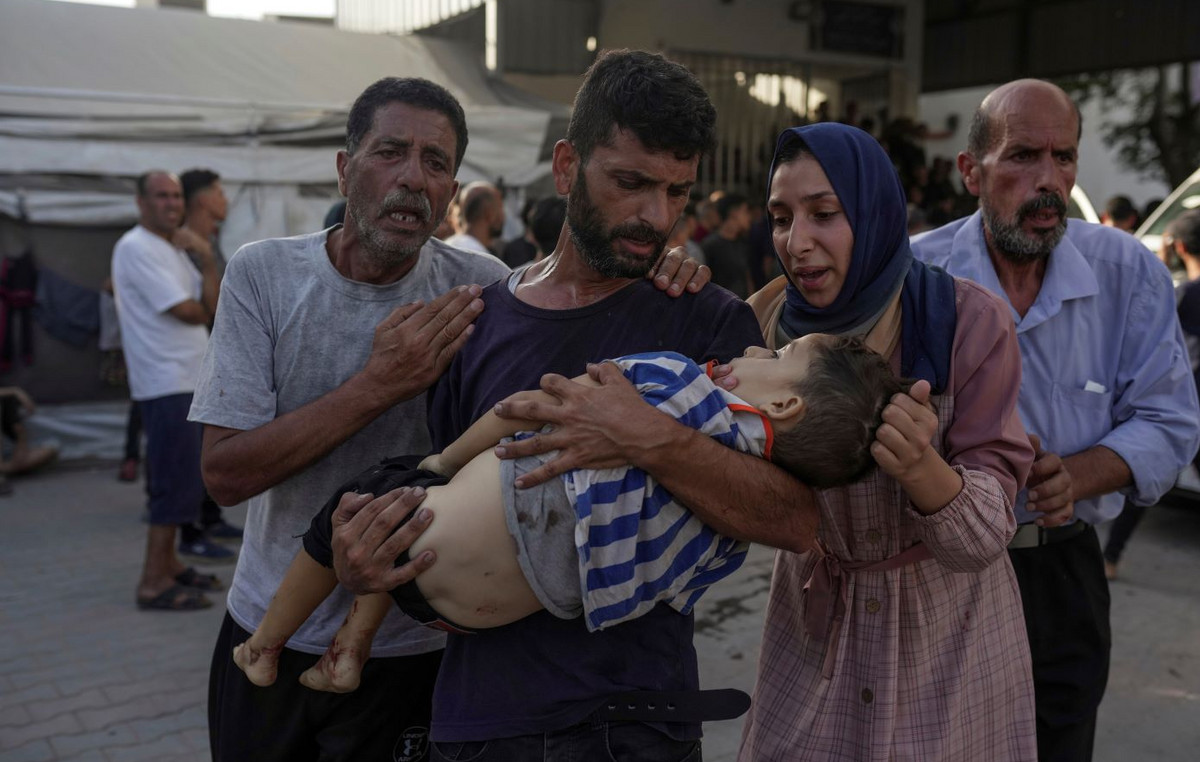Hassan Nasrallah, secretary general of Hezbollah, was the target of an Israeli attack in Beirut this Friday (27), an Israeli official confirmed.
A source close to the Lebanese group told the Reuters news agency that Nasrallah is alive.
Hezbollah is an Iranian-backed Islamic movement with one of the most powerful paramilitary forces in the Middle East.
Learn more about the Hezbollah leader below.
Who is Nassan Nasrallah?
Nassan Nasrallah was born on August 31, 1960 in Beirut, Lebanon, and is the oldest of nine children. His father, Abd al-Karim, worked as a salesman.
Married to Fatima Yassin, he is the father of Muhammad Hadi (died in 1997), Muhammad Jawad, Zeinab, Muhammad Ali and Muhammad Mahdi.
Nasrallah studied at Islamic seminaries in Iran and Iraq. He wears a black turban to signify that he is a descendant of the prophet Muhammad
In 1975, following the outbreak of civil war in Lebanon, the Nasrallah family left Beirut and moved to a village near Tyre, another Lebanese city.
A year later, in 1976, he moved to Najaf, Iraq, to attend a Shia seminary.
In 1978, he was expelled from Iraq during a period of Shiite repression — President Saddam Hussein was a Sunni — and returned to Lebanon along with his mentor, Abbas Musawi.
Musawi established a religious school in Baalbeck, where Nasrallah taught and studied.
Between 1978 and 1982 he was part of the Shiite Amal movement during the Lebanese civil war.
Beginnings of Hezbollah
Nasrallah organized a group to fight against the Israeli occupation of Lebanon in 1982. This group eventually evolved into Hezbollah.
Between 1987 and 1989 he studied at a seminary in Qom, Iran.
In 1991, Abbas Musawi, Nasrallah’s mentor, became Hezbollah’s secretary general and the group’s current leader returned to Lebanon.

In February 1992, Nasrallah replaced Musawi as Hezbollah’s secretary general. The mentor was killed by an Israeli helicopter attack.
In 1997, Muhammad Hadi, son of Nasrallah, was killed in a clash with Israeli forces.
2006 war
On July 12, 2006, Hezbollah fighters invaded Israel and captured two soldiers, beginning a 34-day conflict.
On September 22, 2006, Nasrallah made his first public appearance since the conflict began in July, speaking to hundreds of thousands of people in Beirut.
On November 30, 2006, in a televised speech, Nasrallah called for peaceful protests for the resignation of the then Lebanese Prime Minister, Fouad Siniora, and the creation of a government of national unity.
The following day, security sources estimated that at least 200,000 protesters took to the streets of Beirut.
Internal conflict
In May 2008, Nasrallah declared the Lebanese government’s action to shut down Hezbollah’s communications network “an open declaration of war.” An armed conflict breaks out between Hezbollah fighters and pro-government militias.
On May 21, 2008, after five days of negotiations, representatives of the Hezbollah-led opposition and the Western-backed Lebanese government reach an agreement that ends the 18-month political crisis.
Fighting in Syria and US sanctions
During a televised speech on May 25, 2013, Nasrallah publicly acknowledged that Hezbollah fighters were fighting in Syria in support of Bashar al-Assad’s regime.
In December 2017, he joined calls for a Palestinian uprising after the United States recognized Jerusalem as Israel’s capital.
On October 25, 2018, then-US President Donald Trump signed legislation imposing sanctions on Hezbollah.
Known as the Hezbollah International Financing Prevention Amendments Act, the ruling imposed more financial sanctions on the group.
This content was originally published in Who is Hassan Nasrallah, head of Hezbollah targeted by Israeli attack? on the CNN Brasil website.
Source: CNN Brasil
Bruce Belcher is a seasoned author with over 5 years of experience in world news. He writes for online news websites and provides in-depth analysis on the world stock market. Bruce is known for his insightful perspectives and commitment to keeping the public informed.







